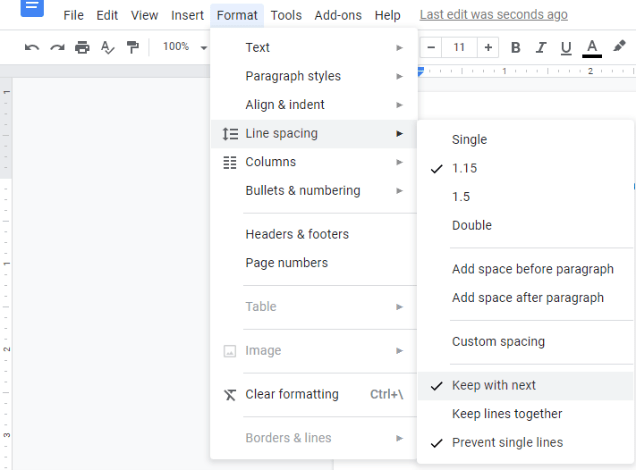

And if later you turn those formulas into editable values, it will take even more time and effort. No matter the formula you use, all of them - plain and complicated - require an extra column to reside. It's actually my favorite since in order to change the text case I only need to select the range and press two buttons. The last method I'm going to share with you is much easier. If this formula still makes you procrastinate - I feel you. And finally, JOIN collects those individual sentences back into their cells.To make sure all split sentences are processed, I wrap everything in ArrayFormula. When sentences are split, Google Sheets sees them as an array of cells.REPLACE - well - replaces the first lowercase letters of all sentences with their uppercase equivalents.The part at the end of the formula - UPPER(LEFT(TRIM(SPLIT(A2,"." )),1)) - not just splits the contents but also extracts and capitalizes only the first letter (the LEFTmost one) of each sentence.


Click whatever option is necessary to change your text case, and then just copy-paste the data back to Google Sheets:.Then select it once again, go to Format > Text > Capitalization, and there you'll see 3 ways Google Docs changes cases: lowercase, UPPERCASE, Title Case:.Open the new Google Doc and press Ctrl+V to paste the copied data there.Once records are selected, copy them by pressing Ctrl+C.Or select the entire used range with Ctrl+A.Select all records from one column using Ctrl+Shift+down arrow.You can select the required data range manually.But since you're in Sheets, you'll need to get your data to Docs first: When you don't find an easy way to change the case in Google Sheets, the first alternative that may come to mind is Google Docs - the service where this option exists in the menu.


 0 kommentar(er)
0 kommentar(er)
